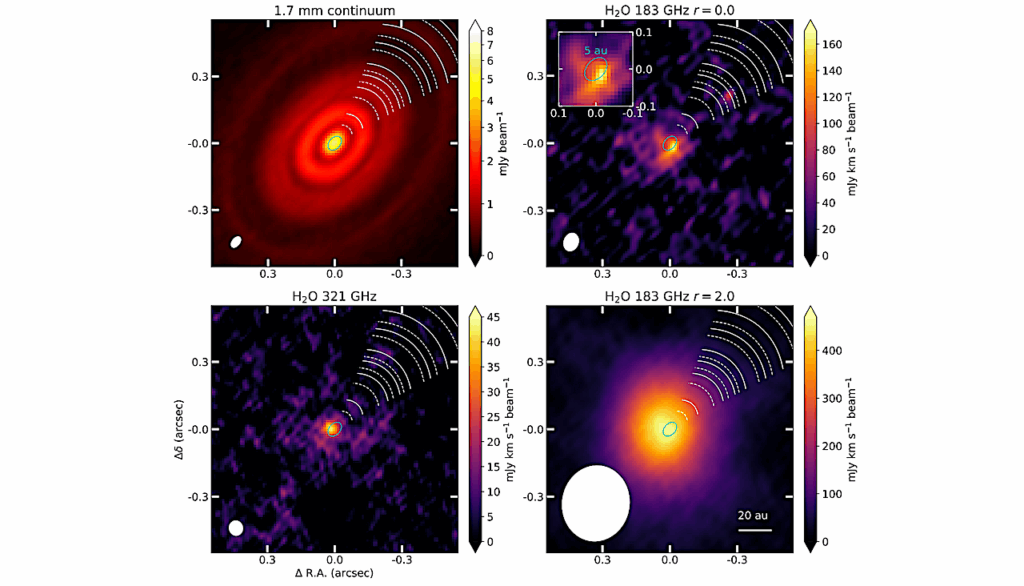The Habitable Real Estate of our Nearest Stellar Neighbors

We use the sample of known stars and brown dwarfs within 5 pc of the Sun, supplemented with AFGK stars within 10 pc, to determine which stellar spectral types provide the most habitable real estate – defined to be locations where liquid water could be present on Earth-like planets.
Stellar temperatures and radii are determined by fitting model spectra to spatially resolved broad-band photometric energy distributions for stars in the sample. The locations of the HZ’s are calculated using an empirical formula for planetary surface temperature and assuming the condition of liquid water, called here the empirical habitable zone, or EHZ.
Systems that have dynamically disruptive companions, assuming a 5:1 separation ratios for primary/secondary pairs and either object and a planet, are considered not habitable. We then derive a simple formula to predict the location of the EHZ for main sequence stars based on V-K color. We consider EHZ widths as more useful measures of the habitable real estate around stars than areas because multiple planets are not expected to orbit stars at identical stellar distances.
This EHZ provides a qualitative guide on where to expect the largest population of planets in the HZ of main sequence stars. M stars provide more EHZ real estate than other spectral types, possessing 36.5% of the habitable real estate en masse. K stars are second with 21.5%, while A, F, and G stars offer 18.5%, 6.9% and 16.6%, respectively.
Our calculations show that three M dwarfs within 10 pc harbor planets in their EHZs. GJ 581 may have two planets (d with msini = 6.1 M_E; g with msini = 3.1 M_E), GJ 667 C has one (c with msini = 4.5 M_E), and GJ 876 has two (b with msini = 1.89 M_J and c with msini = 0.56 M_J). If Earth-like planets are as common around low mass stars as recent Kepler results suggest, M stars are the most likely place to find Earth-like planets in HZ’s.
Justin R. Cantrell, Todd J. Henry, Russel J. White (Submitted on 26 Jul 2013)
Subjects: Solar and Stellar Astrophysics (astro-ph.SR)
Cite as: arXiv:1307.7038 [astro-ph.SR]
(or arXiv:1307.7038v1 [astro-ph.SR] for this version) Submission history From: Justin Cantrell [view email] [v1] Fri, 26 Jul 2013 14:07:47 GMT (91kb) Which authors of this paper are endorsers?








